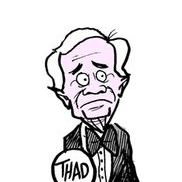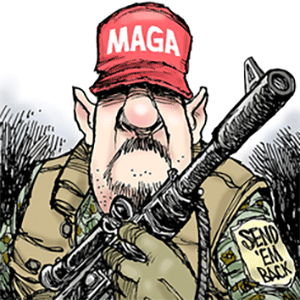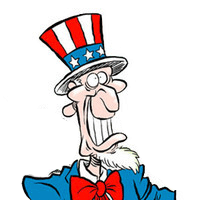US, South Korea finalize trade deal after months of talks
Published in News & Features
President Donald Trump and South Korean President Lee Jae Myung finalized a trade deal Wednesday, capping months of negotiation over implementation of a framework agreement struck in July.
The deal will see Seoul make $150 billion in shipbuilding investments, with an additional $200 billion earmarked for an investment pledge designed to look like a similar agreement with Japan, South Korea Policy Chief Kim Yong-beom said Wednesday. That suggests South Korea can use not only equity but loans and loan guarantees to fund the investment package, a key concession.
Trump called his meetings with South Korea “tremendous” and said they had “pretty much finalized a trade deal” during a dinner hosted by Lee in his honor on Wednesday night.
“I think we came to a conclusion on a lot of very important items,” Trump said.
The won gained as much as 0.9% against the dollar following the first report of the deal. South Korea’s finance minister said last week that recent weakness in the won reflected concern that the deal hadn’t been finalized.
Both South Korea and the U.S. had played down the notion that the two sides could finalize the agreement, which will see the U.S. cap tariffs on South Korean goods at 15%, during Trump’s visit.
U.S. duties on Korean car imports had remained at 25% while the talks continued. That left the nation’s automakers at a competitive disadvantage against their Japanese rivals since Tokyo finalized its deal in September. Those duties will now come down to 15%, according to Kim.
Just days before the deal was sealed, Lee said key details of a $350 billion investment package remained sticking points, while Trump called the agreement “pretty close” to completion, highlighting a gap in perceptions even as talks neared the finish line.
The agreement runs through January 2029, though actual disbursement will be spread over the long term, Kim said. South Korea will also receive guarantees that its pharmaceutical exports match the lowest tariff offered to any U.S. trading partner, Kim said.
Kim said that under the deal investment in the U.S. would be capped at $20 billion annually. Earlier this month the Bank of Korea had specified that sum as the maximum that could be supplied in dollars without having a negative impact on the local currency market.
The U.S. is also allowing Korea’s $150 billion shipbuilding investment to be guaranteed by domestic and international commercial banks, reducing the burden on the foreign exchange market. Profits will be split 50-50 between the two nations until the principal and interest are repaid.
The two sides also agreed to apply tariff levels on semiconductors that are not disadvantageous compared to those applied to Taiwan, the main competitor to Korean firms.
Kim said the government built multiple safeguards into the investment package to limit financial risk and protect the foreign-exchange market.
Only “commercially viable projects with guaranteed cash flow” will be pursued, he said, noting that this clause will be explicitly stated in the memorandum of understanding.
He added that the two sides agreed to adjust profit-sharing terms if Korea is unable to recover its principal within 20 years, allowing flexibility in repayment. The agreement also limits annual disbursements to $20 billion and uses an umbrella-type special purpose company structure so that losses in one project can be offset by gains in another.
“These measures ensure that the $350 billion commitment does not create shocks in the FX market,” Kim said, stressing that investments will be made in phases and not sourced through direct dollar purchases.
Full details of the agreement, which is expected to include additional security guarantees, will be released in the coming days. The White House did not immediately respond to a request for comment about the details shared by Korean officials.
The agreement gives Trump another success he can put on a list of deals struck during his trip through Asia. The most pivotal meeting for cementing positive optics for the trip comes Thursday, when he meets with Chinese leader Xi Jinping.
____
—With assistance from Soo-Hyang Choi and Hyonhee Shin.
©2025 Bloomberg L.P. Visit bloomberg.com. Distributed by Tribune Content Agency, LLC.







Comments